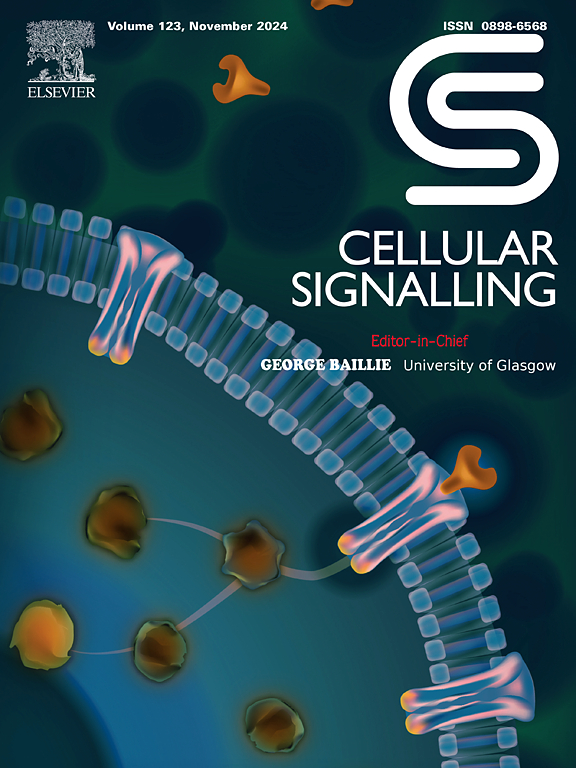Lung cancer associated transcript 1 binds heat shock protein 90 to promote growth of hepatocellular carcinoma
IF 4.4
2区 生物学
Q2 CELL BIOLOGY
引用次数: 0
Abstract
Hepatocellular carcinoma (HCC) is one of leading causes of cancer-related death and new approaches are urgently needed, given current dearth of therapies. Long non-coding RNAs (lncRNAs) have been linked to cancer formation and impact cell regulatory pathways. We have investigated molecular mechanisms of action of “lung cancer associated transcript 1” (LUCAT1, a lncRNA) in HCC and studied the potential role of targeting these. We analyzed expression levels of LUCAT1 in TCGA dataset and another 148 HCC patients in Peking Union Medical College Hospital (PUMCH). Expression analysis using TCGA database and patient cohort revealed LUCAT1 to be upregulated in HCC. LUCAT1 levels were closely associated with clinical prognosis. Subcellular localization patterns of LUCAT1 in HCC tissues and cells were identified by RNAscope. Engineered antisense oligonucleotides (ASOs) targeting LUCAT1 were used to test anti-tumor effectiveness using in vitro and in vivo models. CHIRP-MS and RNA pull-down assays were conducted to demonstrate the mechanism of action of LUCAT1.LUCAT1 expression facilitated nuclear accumulation of HSP90. This interaction evoked persistent phosphorylation and constitutive activation of signal transducer and activator of transcription 3 (STAT3), potentially driving HCC growth and metastases. These tumor-promoting effects were substantively diminished using ASOs against LUCAT1, both in vitro and in vivo. LUCAT1 selectively boosts oncogenic property of HSP90 in driving STAT3 activation, which can be effectively and precisely inhibited by designer ASOs. We propose novel potential therapeutic avenues that are selective, cost-effective and seemingly nontoxic.

求助全文
约1分钟内获得全文
求助全文
来源期刊

Cellular signalling
生物-细胞生物学
CiteScore
8.40
自引率
0.00%
发文量
250
审稿时长
27 days
期刊介绍:
Cellular Signalling publishes original research describing fundamental and clinical findings on the mechanisms, actions and structural components of cellular signalling systems in vitro and in vivo.
Cellular Signalling aims at full length research papers defining signalling systems ranging from microorganisms to cells, tissues and higher organisms.
 求助内容:
求助内容: 应助结果提醒方式:
应助结果提醒方式:


